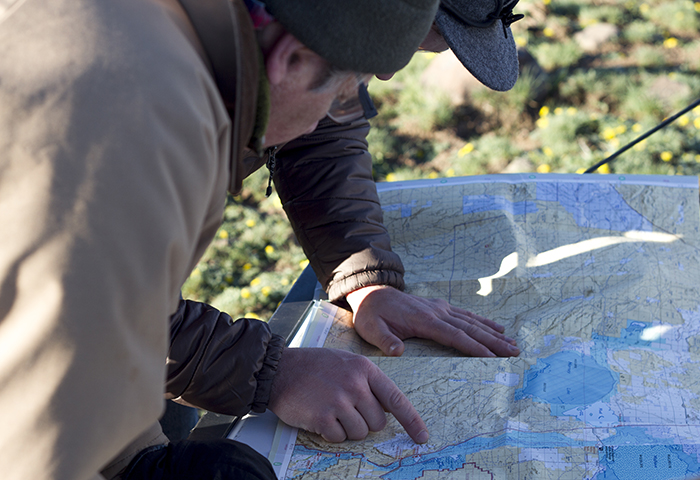 The foundation of statewide program for land use planning in Oregon is a set of 19 Statewide Land Use Planning Goals. The goals express the state's policies on land use and related topics, like citizen involvement, housing, and natural resources.
The foundation of statewide program for land use planning in Oregon is a set of 19 Statewide Land Use Planning Goals. The goals express the state's policies on land use and related topics, like citizen involvement, housing, and natural resources.
Most goals are accompanied by guidelines, which are suggestions about how a goal may be applied. As noted in Goal 2, guidelines are not mandatory.
Oregon's statewide goals are achieved through local comprehensive planning. State law requires each city and county to adopt a comprehensive plan and the zoning and land-division ordinances needed to put the plan into effect.
Local comprehensive plans must be consistent with the Statewide Planning Goals. Plans are reviewed for such consistency by the state's Land Conservation and Development Commission (LCDC). When LCDC officially approves a local government's plan, the plan is said to be acknowledged. It then becomes the controlling document for land use in the area covered by that plan.
Oregon's planning laws apply not only to local governments but also to special districts and state agencies. The laws strongly emphasize coordination -- keeping plans and programs consistent with each other, with the goals, as statutes are updated, and with acknowledged local plans.
Goal 1 Citizen Involvement
Goal 2 Land Use Planning
Goal 3 Agricultural Lands
Goal 4 Forest Lands
Goal 5 Natural Resources, Scenic and Historic Areas, and Open Spaces
Goal 6 Air, Water and Land Resources Quality
Goal 7 Areas Subject to Natural Hazards
Goal 8 Recreational Needs
Goal 9 Economic Development
Goal 10 Housing
Goal 11 Public Facilities and Services
Goal 12 Transportation
Goal 13 Energy Conservation
Goal 14 Urbanization
Goal 15 Willamette River Greenway
Goal 16 Estuarine Resources
Goal 17 Coastal Shorelands
Goal 18 Beaches and Dunes
Goal 19 Ocean Resources
Other Resource Documents
 Summary of Oregon's Statewide Planning Goals
Summary of Oregon's Statewide Planning Goals
 Oregon's Statewide Planning Goals and Guidelines (2019)
Oregon's Statewide Planning Goals and Guidelines (2019)
 Goal Adoption and Amendment Dates (2019)
Goal Adoption and Amendment Dates (2019)
History of Land Use Planning